Imagine your food brand as a delicious dish in a vast digital buffet. You want it to stand out. Knowing how to season your online presence can make all the difference in the competitive culinary world of clicks and likes. That’s where digital marketing comes into play. Just as the right herbs can enhance a dish, the right strategies can boost your brand’s visibility and flavor online. And who better to guide you through this feast than Plerdy? Their expertise in enhancing website performance and user experience is like having a Michelin-starred chef in your digital kitchen. Let’s dive into the best seven strategies to make your food industry brand the talk of the digital town.
Elevating Food Brand Visibility with Social Media Marketing
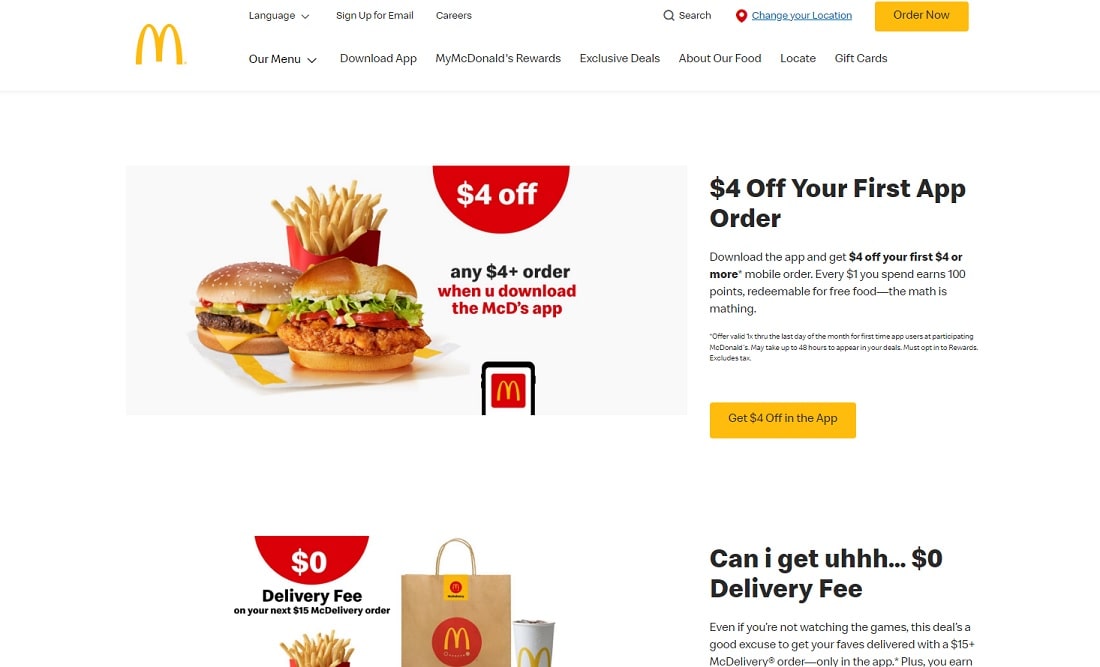
In today’s digital marketing landscape, having a strong social media presence for your food business isn’t just beneficial; it’s essential. Consider social media the digital stage where your food brand can stand out. Let’s dive into optimizing social media for unparalleled brand visibility in the food industry.
Prioritizing Visual Content in Marketing
Social media thrives on visuals, where your marketing strategy shines for the food industry. Exceptional, drool-worthy photos of your dishes can drive engagement and interest. Instagram and Pinterest are key for food marketing, offering a platform to display your culinary creations. Sprout Social notes that visual content is shared 40 times more than other content types, making professional photography and visual storytelling through your dishes a must. Capturing the cooking process, the final dish, and the enjoyment it brings is essential, allowing your audience to taste the flavor through their screens.
Boosting Engagement with Digital Strategies
Active engagement is crucial for social media marketing success. Beyond posting appetizing pictures, engaging with your audience fosters a sense of community. Ask questions, conduct polls, and respond to comments promptly. Hootsuite reports that social media engagement boosts brand loyalty. Utilize digital platforms to convey your food brand’s story, share behind-the-scenes looks, and introduce your team, making your brand more relatable and interactive.
Expanding Reach with Influencer Marketing
Influencer partnerships can significantly increase your food brand’s digital visibility. Join forces with food bloggers and social media influencers who share your brand values and demography. Influencers can introduce your brand to wider audiences, as MediaKix highlights influencer marketing as a rapidly growing customer-acquisition channel. Focus on influencers with high engagement rates to ensure genuine promotion.
Maintaining consistency in posting engaging, high-quality content and interacting with your audience is key to leveraging social media for brand growth in the food industry. Social media marketing is a long-term strategy requiring patience and consistency. By implementing these strategies effectively, your food brand can achieve significant growth and enhance its digital presence, making the most of marketing opportunities in the digital food industry landscape.
SEO Optimization for Food Websites
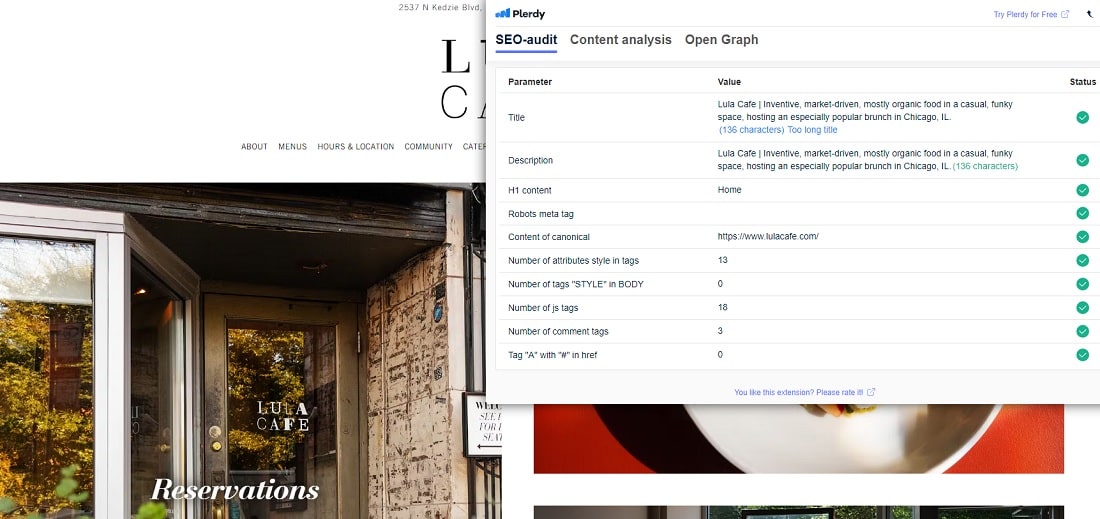
In a world where first impressions are visual, your food website must rank well on search engines. SEO isn’t just about leading the race; it’s about ensuring your dishes are the first thing hungry eyes feast upon online. Discover the basics of food website SEO.
Keyword Research is the foundation of any robust SEO strategy. Identifying the right keywords is like selecting the perfect ingredients for a recipe. Use tools like Google’s Keyword Planner to find terms your audience searches for. Long-tail keywords are more particular and less competitive, attracting a more targeted audience. For example, “gluten-free pancake recipe” targets a more specific audience than “pancake recipe.”
On-page SEO optimizes web pages for improved rankings and relevant traffic. This includes optimizing title tags, meta descriptions, and content with targeted keywords. It’s about making each page a star dish in its own right. Ensure your website is deliciously navigable with a clear structure, using headers to organize content and alt text for images to enhance user experience and search engine understanding.
Content Marketing is your menu to the world. Engaging, valuable content feeds your audience and tells search engines your site is full of information. From blogs about the latest food trends to how-to cooking guides and recipes, content that addresses your audience’s needs can improve your site’s visibility and authority. Quality trumps quantity. Focus on audience-relevant material and use keywords naturally to avoid overstuffing.
SEO optimization for your food website is akin to perfecting a recipe. It requires time, patience, and constant tweaking. But, when done right, it ensures your site is the go-to destination for anyone looking for a culinary delight online. In the vast digital marketplace, making your website easily discoverable is key to attracting more visitors and turning them into loyal patrons. Keep refining your SEO strategy; soon, your website will be the top choice for food lovers everywhere.
Email Marketing Strategies
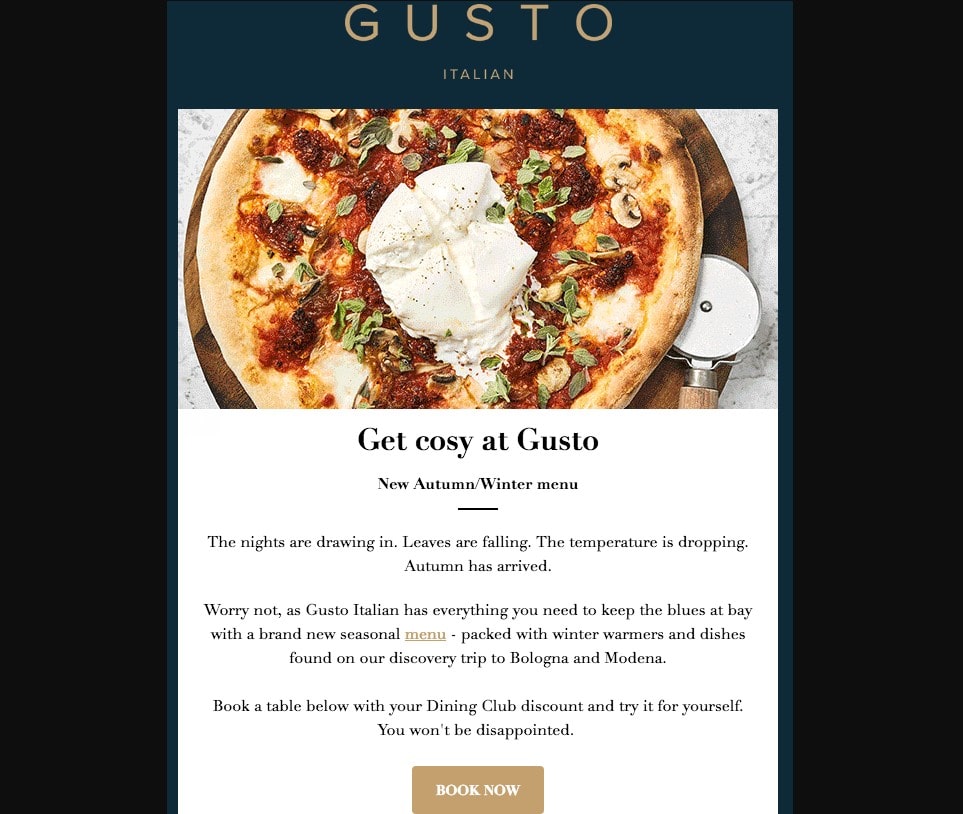
Email marketing, one of the oldest forms of digital communication, is often the key to a successful digital marketing strategy. Like a family recipe, it evolves with new preferences and technologies.
Building Your List is the first step in any email marketing campaign. Think of it as gathering your ingredients. A strong, organic email list guarantees you reach brand-focused people. Encourage website visitors to subscribe by offering them value in return, such as exclusive recipes, discounts, or early access to new products. Tools like pop-ups and landing pages can be effective, but ensure they enhance the user experience rather than interrupt it.
Personalization and Segmentation take your email marketing from a one-size-fits-all approach to a tailored fit. Segmenting your email list by consumer behavior, preferences, or demographics helps you send more relevant and interesting content. Personalized emails, which include the recipient’s name or reference to their past interactions with your brand, can significantly boost open rates and engagement. Campaign Monitor found that tailored subject lines increase email opens by 26%.
Designing Mobile-Friendly Emails is crucial in a world where most emails are first opened on a mobile device. Your emails should look great and be easy to navigate, whether they’re being viewed on a desktop or a smartphone. This means using responsive design, large, clickable buttons, and concise messaging. Keeping the design simple and the content digestible will ensure your messages are effective regardless of where or how they’re accessed.
Email marketing remains a potent digital marketing technique in the food sector. It can deliver personalized, engaging content directly to your audience. By building a quality list, personalizing your communications, and ensuring your emails are mobile-friendly, you can create a strategy that enhances customer loyalty, drives sales, and sets your brand apart. Like any good recipe, the key to success lies in the quality of the ingredients and the care taken in bringing them together.
Optimizing Google My Business for Enhanced Food Business Visibility in Digital Marketing
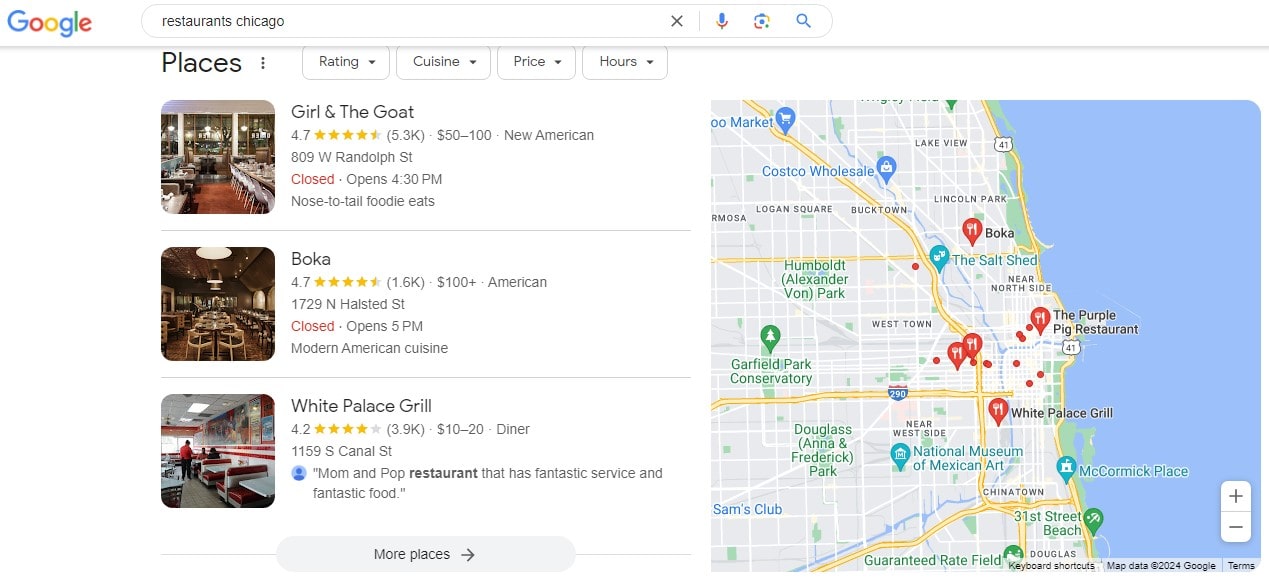
Your food business’s visibility is paramount in the vast digital marketing seascape. Google My Business (GMB) is a guiding beacon, ensuring those craving your culinary offerings can easily find you. Within local SEO, GMB transcends being merely a tool; it’s an indispensable ally for food businesses aiming to stand out in local search results.
Fine-tuning Your GMB Listing
The cornerstone of digital marketing success via GMB begins with an impeccably optimized profile. Verify that your food business’s name, address, phone number, and operation hours are accurate and exhaustive. Correct categorization is crucial for Google’s algorithm to present your business in relevant searches. Embedding targeted keywords related to the food industry and your specific offerings into your business description bolsters your digital visibility. A fully detailed profile enhances your standing with Google and boosts consumer perception of your food business’s legitimacy.
Promoting Customer Feedback
In digital marketing, customer reviews are vital for amplifying your food business’s local SEO through GMB. These testimonials serve dual purposes: they offer potential patrons tangible social proof and indicate your business’s reliability and activity level to Google. Motivate your satisfied clientele to contribute reviews by implementing post-dining or purchase follow-up communications, streamlining the review submission process. Engaging with all reviews showcases your commitment to customer service. With 87% of consumers consulting online reviews for local businesses as of 2020, according to BrightLocal, the impact of reviews on your food business’s digital marketing strategy must be balanced.
Mastering GMB for local SEO is akin to spotlighting your food business within the digital world. It ensures that when local gastronomes search for the finest dining options, your establishment is prominently featured in their search outcomes. A meticulously curated GMB profile, replete with precise information and enriched by authentic reviews, dramatically elevates your local search presence, enticing more patrons to explore your culinary delights. In the digital marketing journey, achieving visibility is the goal, with Google My Business as a lighthouse guiding customers to your food business.
Amplifying Your Food Brand with Digital Marketing: The Essence of Content Marketing
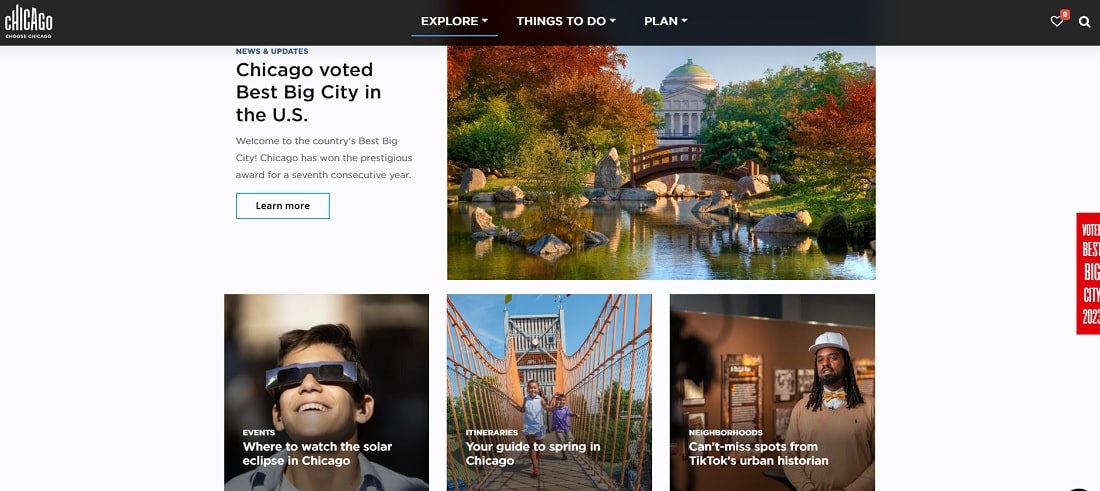
In the dynamic digital marketing landscape, distinguishing your food brand amidst the cacophony of online voices is imperative. Content marketing, epitomized by the crafting and sharing of blogs and recipes, serves as your digital loudspeaker. This strategy transcends mere advertisement; it’s about profoundly enriching your audience’s culinary journey, offering content that beckons them repeatedly.
Crafting Captivating Blog Content
At the heart of impactful food blogging is the ability to captivate and enlighten your readers. Narrate the tales behind your culinary creations, delve into the origins of your select ingredients, or impart kitchen wisdom for the ultimate culinary setup. Strive to make your digital content engaging and educational, positioning your website as a premier culinary digital marketing destination. Augment your narratives with vivid imagery, transforming visual appetites into tangible dining experiences. Employing SEO tactics, such as seamlessly weaving pertinent food, digital, and marketing keywords into your text, can significantly enhance your search engine visibility.
Unleashing the Potential of Recipes
Any food sector content marketing plan relies on recipes inviting customers to cook with your brand. Differentiate your offerings with innovative recipes, adaptable suggestions, and options catering to various dietary preferences. Present recipes with crystal-clear instructions and professional-grade photographs to visually entice your audience. Cultivate a digital community by encouraging readers to exchange tips and personal twists on your recipes, fostering a vibrant digital forum centered around your brand.
Through adept use of blogs and recipes in your content marketing efforts, you forge a deeper, more meaningful connection with your audience, inviting them on a culinary adventure that transcends the bounds of digital marketing. This approach propels your SEO forward and cements your status as a thought leader in the digital food marketing sphere. The ultimate aim is to craft compelling content that leaves your audience insatiable hunger for more. Each blog post and recipe is an opportunity to satiate their appetites and nourish their spirits, building enduring relationships that extend well beyond the meal.
Elevating Food Brands Through Strategic Digital Marketing and Influencer Collaborations
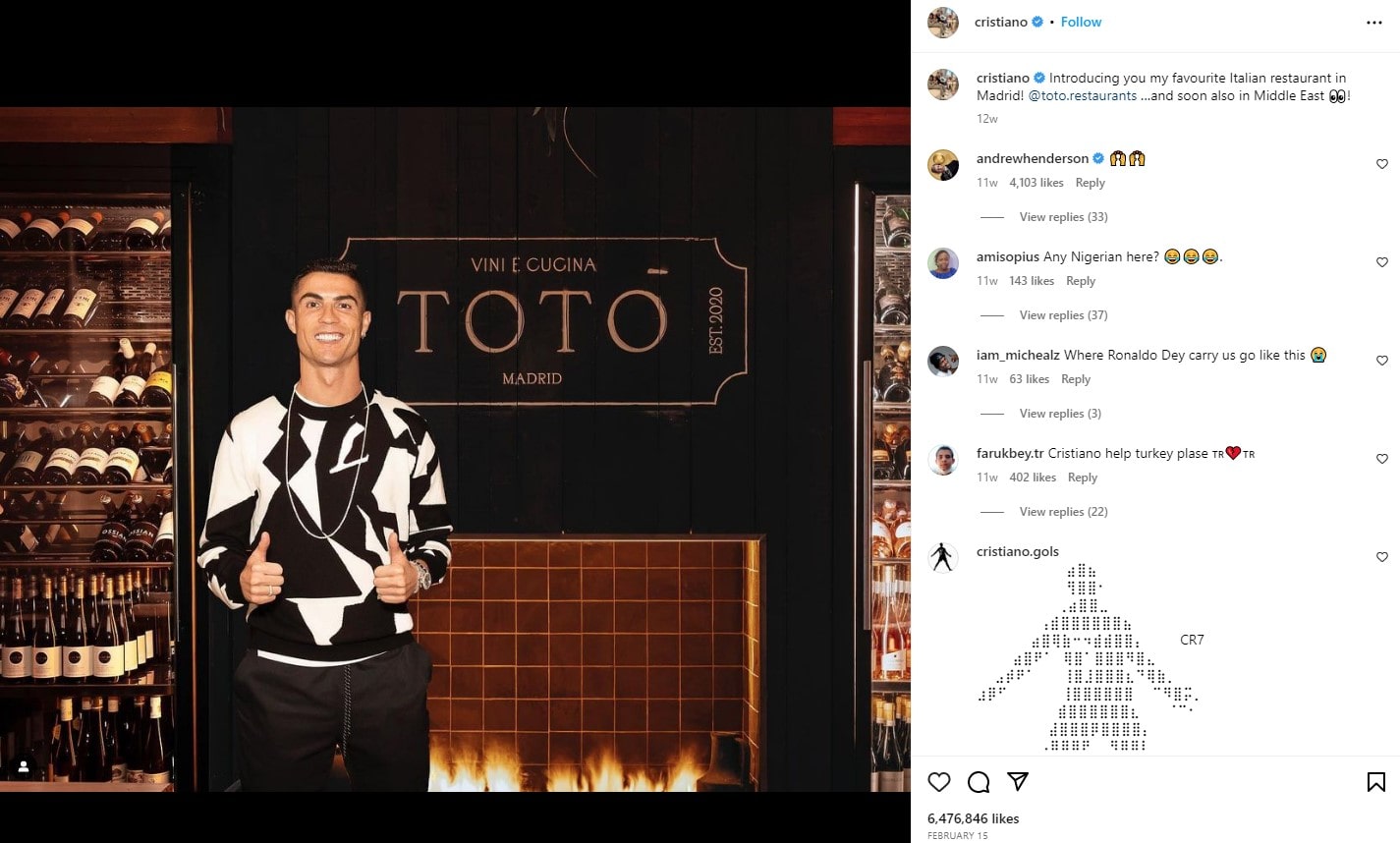
In the contemporary digital marketing landscape, where social media reigns supreme as the communal dining space, leveraging influencer collaborations emerges as a pivotal strategy for culinary brand enhancement. Envision the impact of a renowned local food critic lauding your culinary creations online; this scenario mirrors the potential of influencer endorsements to elevate your brand’s visibility exponentially within the digital food marketing arena.
Selecting the Ideal Influencers
Successful food sector influencer marketing requires working with those with large, engaged followings that fit your target audience. The focus extends beyond mere follower counts to encompass genuine engagement and trustworthiness. Opt for influencers who consistently deliver authentic content and foster a real rapport with their audience. Utilize analytical tools like BuzzSumo or Hootsuite to pinpoint influencers within the food domain who command high engagement levels, ensuring a synergistic match with your marketing goals.
Devising Tailored Campaign Strategies
Upon identifying the perfect influencers for your food brand, the next step involves devising marketing campaigns that authentically blend the influencer’s unique style with your brand’s ethos. Options may range from sponsored content and social media story takeovers to exclusive influencer-led brand events. Essential to this process is establishing transparent campaign objectives, expected outcomes, and evaluation metrics to align expectations. Encouraging creative freedom and allowing influencers to infuse their distinctive flair into how they showcase your brand can significantly enhance the authenticity and appeal of the campaign to their followers.
Influencer collaborations are a formidable avenue to magnify your food brand’s digital presence and forge meaningful connections with new audience segments. You can ignite authentic interest and engagement around your brand by judiciously selecting influencers whose followers resonate with your target market and executing campaigns that genuinely reflect the influencer’s and your brand’s identity. Influencer marketing in the food sector involves creating mutually advantageous collaborations that boost brand awareness, engagement, and growth, leveraging digital marketing to reach and increase your food business’s audience.
Elevating Your Food Brand with Precision Digital Marketing: PPC and Social Media Advertising
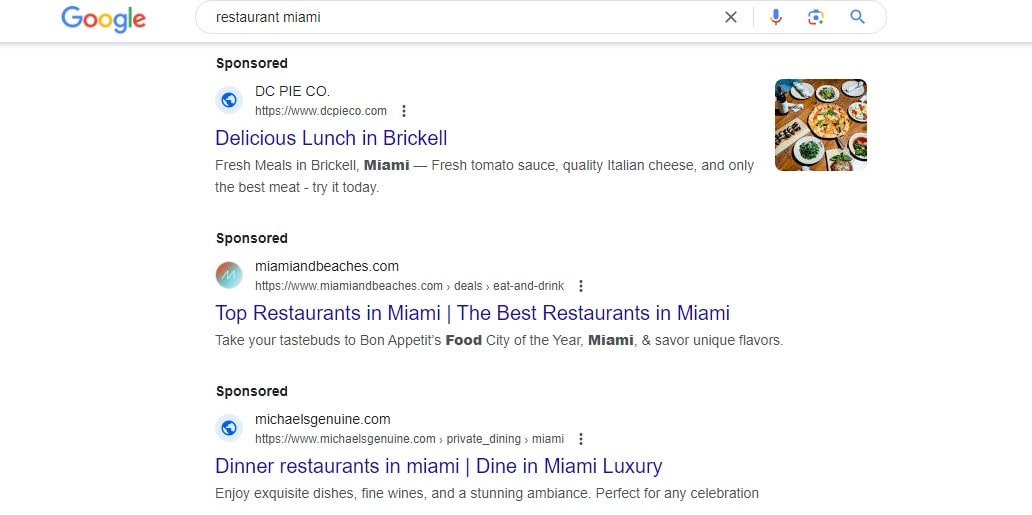
In the bustling digital marketing arena, where countless food brands vie for attention, strategic paid advertising secures your brand’s place in the limelight just as a strategically placed billboard captures the gaze in a crowded city, PPC and social media advertising position your food brand as the centerpiece of the digital gastronomy scene, thanks to adept digital marketing strategies.
Mastering PPC for Digital Marketing Excellence
PPC (Pay-Per-Click) advertising, a cornerstone of digital marketing, acts as the catalyst that instantaneously enhances traffic to your site, similar to VIP access in online marketing. It ensures your website’s top placement in search engine results, directly catering to the interests of actively searching potential customers. PPC success depends on selecting keywords that match your target audience’s search activity, demonstrating precision in digital marketing. This targeted marketing approach ensures that your ads efficiently reach an engaged audience, with each click bringing you closer to a conversion. The craft of PPC in digital marketing is in developing ad content that grabs attention and compellingly draws the viewer in, showcasing the power of targeted marketing in the food industry.
Leveraging Social Media Ads for Enhanced Marketing Reach
Social media advertising elevates your food brand from the digital background to the forefront of consumer engagement, employing sophisticated digital marketing strategies. Platforms like Facebook, Instagram, and Twitter offer unparalleled targeting options in digital marketing, allowing ads to be fine-tuned according to demographics, interests, and user behaviors. This level of customization ensures that your mouth-watering offerings are displayed directly to an audience primed to engage, maximizing marketing effectiveness. Including captivating visuals and engaging descriptions transforms your social media ads into delectable digital experiences, boosting clicks, shares, and overall digital marketing engagement. Retargeting strategies within your digital marketing plan can rekindle the interest of potential customers who have interacted with your brand yet haven’t converted, gently guiding them back to your offerings.
Implementing paid advertising through PPC and social media ads is a direct route to securing enhanced visibility and engagement for your food brand in the competitive digital marketplace. It spotlights your brand, enticing potential customers to delve deeper into what you offer. With a well-executed digital marketing strategy, your ads can serve as the engaging starter, the satisfying main, and the irresistible dessert of your marketing efforts, effectively satiating the digital appetites of your target audience. In the digital marketing feast, achieving visibility coupled with captivating content is paramount for attracting and maintaining consumer interest, underscoring the significance of marketing precision in the food industry.
Conclusion
Diving into digital marketing for the food industry is like embarking on a culinary journey; it’s an adventure that requires the right mix of ingredients for success. We’ve explored strategies from leveraging social media to mastering SEO and engaging through content to powerful advertising. Each strategy is a dish in the banquet of your brand’s digital presence, designed to tantalize and satisfy your audience’s appetite. But don’t stop here; the feast of knowledge at Plerdy’s blog is vast, with more insights and tips to explore. Hungry for more ways to spice up your digital marketing strategy? Plerdy has the tools and insights you need to elevate your online presence. Let Plerdy be your guide to mastering the digital marketing cuisine, one bite at a time.
